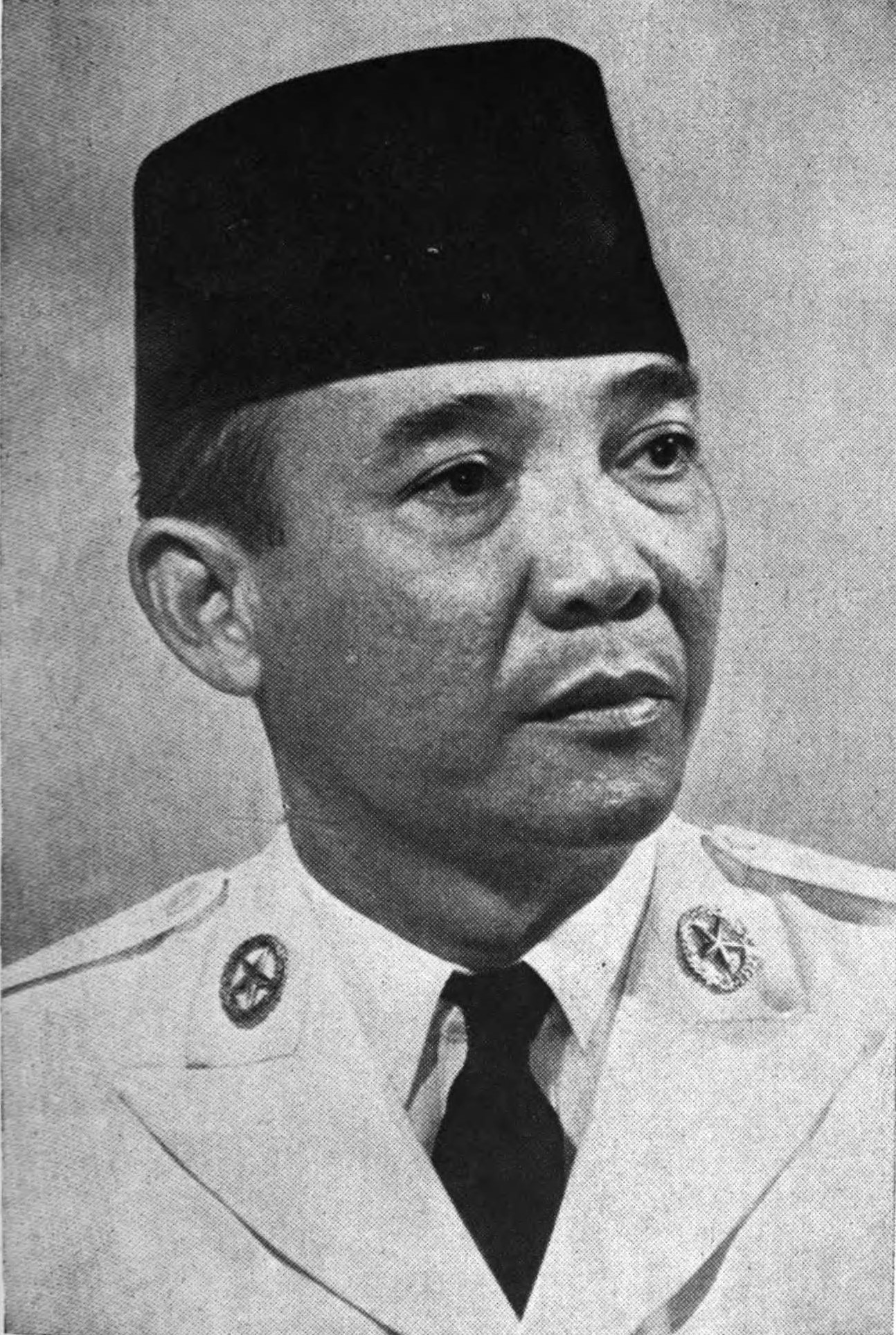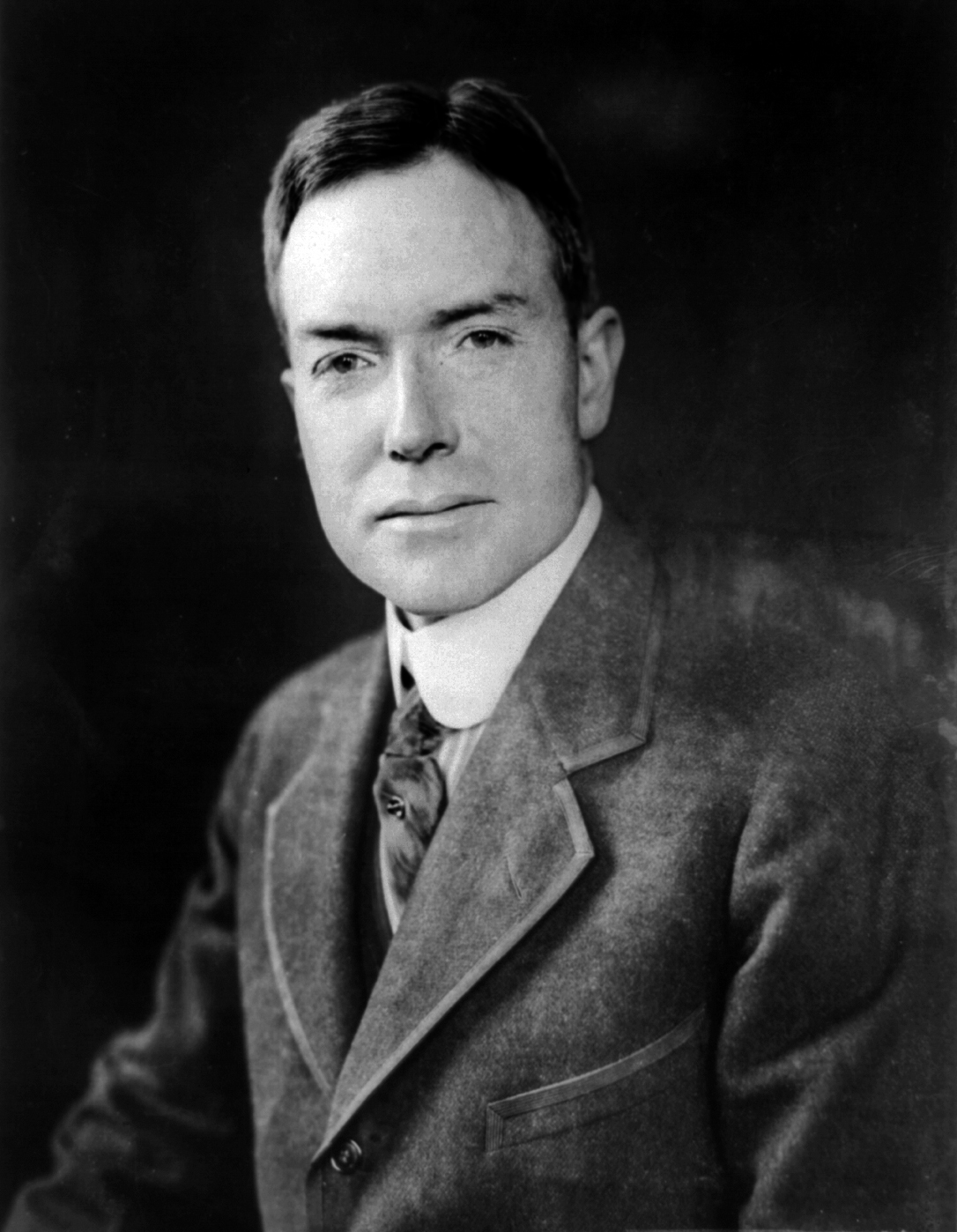|
Scarlat Cantacuzino
Scarlat A. Cantacuzino (June 6, 1874 – August 8, 1949) was a Romanian poet, essayist and diplomat. Early life and education Born in Bucharest to the magistrate Adolf Cantacuzino and his wife Ecaterina (''née'' Iarca), he was a scion of the Cantacuzino family, which had an old tradition of political and cultural activity beginning with citations from Roman Imperium, affirming in Byzantine Imperium, European countries and primarily in Romania, with almost continuous citations after 1094. After attending primary school in his native city, he went to high school in Paris, followed by the law faculty of the University of Paris. Career Successively an attaché, secretary and adviser at the Romanian embassies in Paris, Brussels, and The Hague, Cantacuzino was Romania's chargé d'affaires in Paris in 1918, at the close of World War I. He returned to Bucharest in 1922, working as a minister plenipotentiary at the Foreign Ministry, while continuing to correspond with other writers. On an ... [...More Info...] [...Related Items...] OR: [Wikipedia] [Google] [Baidu] |
Romania
Romania is a country located at the crossroads of Central Europe, Central, Eastern Europe, Eastern and Southeast Europe. It borders Ukraine to the north and east, Hungary to the west, Serbia to the southwest, Bulgaria to the south, Moldova to the east, and the Black Sea to the southeast. It has a mainly continental climate, and an area of with a population of 19 million people. Romania is the List of European countries by area, twelfth-largest country in Europe and the List of European Union member states by population, sixth-most populous member state of the European Union. Europe's second-longest river, the Danube, empties into the Danube Delta in the southeast of the country. The Carpathian Mountains cross Romania from the north to the southwest and include Moldoveanu Peak, at an altitude of . Bucharest is the country's Bucharest metropolitan area, largest urban area and Economy of Romania, financial centre. Other major urban centers, urban areas include Cluj-Napoca, Timiș ... [...More Info...] [...Related Items...] OR: [Wikipedia] [Google] [Baidu] |
Symbolism (arts)
In works of art, literature, and narrative, a symbol is a concrete element like an object, character, image, situation, or action that suggests or hints at abstract, deeper, or non-literal meanings or ideas.Johnson, Greg; Arp, Thomas R. (2018). ''Perrine's Literature: Structure, Sound and Sense, Third Edition''. Cengage Learning. pp. 286-7: "A literary symbol is something that means more than what it suggests on the surface. It may be an object, a person, a situation, an action, or some other element that has a literal meaning in the story but that suggests or represents other meanings as well."Kennedy, X. J.; Gioia, Dana (2007). ''Literature: An Introduction to Fiction, Poetry, Drama, and Writing, Tenth Edition''. Pearson Longman. p. 292: " a symbol: in literature, a thing that suggests more than its literal meaning. Symbols generally do not 'stand for' any one meaning, nor for anything absolutely definite; they point, they hint, or, as Henry James put it, they cast long shadows ... [...More Info...] [...Related Items...] OR: [Wikipedia] [Google] [Baidu] |
Romanian Art Historians
Romanian may refer to: *anything of, from, or related to the country and nation of Romania **Romanians, an ethnic group **Romanian language, a Romance language ***Romanian dialects, variants of the Romanian language **Romanian cuisine, traditional foods **Romanian folklore *'' The Romanian: Story of an Obsession'', a 2004 novel by Bruce Benderson *''Românul ''Românul'' (, meaning "The Romanian"; originally spelled ''Romanulu'' or ''Românulŭ'', also known as ''Romînul'', ''Concordia'', ''Libertatea'' and ''Consciinti'a Nationala''), was a political and literary newspaper published in Bucharest, Ro ...'' (), a newspaper published in Bucharest, Romania, 1857–1905 See also * * {{disambiguation Language and nationality disambiguation pages ... [...More Info...] [...Related Items...] OR: [Wikipedia] [Google] [Baidu] |
Symbolist Poets
Symbolism or symbolist may refer to: *Symbol, any object or sign that represents an idea Arts *Artistic symbol, an element of a literary, visual, or other work of art that represents an idea ** Color symbolism, the use of colors within various cultures and artworks to express a variety of symbolic meanings * Symbolism (movement), a 19th-century artistic movement rejecting Realism ** Symbolist movement in Romania, symbolist literature and visual arts in Romania during the late 19th and early 20th centuries ** Russian symbolism, the Russian branch of the symbolist movement in European art Religion * Religious symbol, an iconic representation of a religion or religious concept ** Buddhist symbolism, the use of Buddhist art to represent certain aspects of dharma ** Christian symbolism, the use of symbols, including archetypes, acts, artwork or events, by Christianity ** Symbols of Islam, the use of symbols in Islamic literature, art and architecture ** Jewish symbolism, a visible re ... [...More Info...] [...Related Items...] OR: [Wikipedia] [Google] [Baidu] |
Romanian Male Poets
Romanian may refer to: *anything of, from, or related to the country and nation of Romania **Romanians, an ethnic group **Romanian language, a Romance language ***Romanian dialects, variants of the Romanian language **Romanian cuisine, traditional foods ** Romanian folklore *'' The Romanian: Story of an Obsession'', a 2004 novel by Bruce Benderson *''Românul ''Românul'' (, meaning "The Romanian"; originally spelled ''Romanulu'' or ''Românulŭ'', also known as ''Romînul'', ''Concordia'', ''Libertatea'' and ''Consciinti'a Nationala''), was a political and literary newspaper published in Bucharest, Ro ...'' (), a newspaper published in Bucharest, Romania, 1857–1905 See also * * {{disambiguation Language and nationality disambiguation pages ... [...More Info...] [...Related Items...] OR: [Wikipedia] [Google] [Baidu] |
1949 Deaths
Events January * January 1 – A United Nations-sponsored ceasefire brings an end to the Indo-Pakistani War of 1947. The war results in a stalemate and the division of Kashmir, which still continues as of 2025 * January 2 – Luis Muñoz Marín becomes the first democratically elected Governor of Puerto Rico. * January 11 – The first "networked" television broadcasts take place, as KDKA-TV in Pittsburgh, Pennsylvania, goes on the air, connecting east coast and mid-west programming in the United States. * January 16 – Şemsettin Günaltay forms the new government of Turkey. It is the 18th government, last One-party state, single party government of the Republican People's Party. * January 17 – The first Volkswagen Beetle, VW Type 1 to arrive in the United States, a 1948 model, is brought to New York City, New York by Dutch businessman Ben Pon Sr., Ben Pon. Unable to interest dealers or importers in the Volkswagen, Pon sells the sample car to pay his ... [...More Info...] [...Related Items...] OR: [Wikipedia] [Google] [Baidu] |
1874 Births
Events January * January 1 – New York City annexes The Bronx. * January 2 – Ignacio María González becomes head of state of the Dominican Republic for the first time. * January 3 – Third Carlist War: Battle of Caspe – Campaigning on the Ebro in Aragon for the Spanish Republican Government, Colonel Eulogio Despujol surprises a Carlist force under Manuel Marco de Bello at Caspe, northeast of Alcañiz. In a brilliant action the Carlists are routed, losing 200 prisoners and 80 horses, while Despujol is promoted to Brigadier and becomes Conde de Caspe. * January 20 – The Pangkor Treaty (also known as the Pangkor Engagement), by which the British extend their control over first the Sultanate of Perak, and later the other independent Malay States, is signed. * January 23 – Prince Alfred, Duke of Edinburgh, second son of Queen Victoria, marries Grand Duchess Maria Alexandrovna of Russia, only daughter of Tsar Alexander III of Russia, i ... [...More Info...] [...Related Items...] OR: [Wikipedia] [Google] [Baidu] |
Order Of Leopold (Belgium)
The Order of Leopold (, , ) is one of the three current Belgian national honorary orders of knighthood. It is the oldest and highest order of Belgium and is named in honour of its founder, King Leopold I. It consists of a military, a maritime and a civil division. The maritime division is only awarded to personnel of the merchant navy, and the military division to military personnel. The decoration was established on 11 July 1832 and is awarded by Royal decree. History When Belgium became independent of the Netherlands, there was an urgent need to create a national honour system that could serve as a diplomatic gift. The national congress provided this exclusive right to the sovereign, this military honour system was written in Article 76. The first King of the Belgians, Leopold I of Belgium, used his constitutional right in a larger way than foreseen: not only military merit, but every service in honour of the Kingdom. Two years after the independence, the young Ki ... [...More Info...] [...Related Items...] OR: [Wikipedia] [Google] [Baidu] |
Legion Of Honour
The National Order of the Legion of Honour ( ), formerly the Imperial Order of the Legion of Honour (), is the highest and most prestigious French national order of merit, both military and Civil society, civil. Currently consisting of five classes, it was originally established in 1802 by Napoleon, Napoleon Bonaparte, and it has been retained (with occasional slight alterations) by all later French governments and regimes. The order's motto is ' ("Honour and Fatherland"); its Seat (legal entity), seat is the Palais de la Légion d'Honneur next to the Musée d'Orsay, on the left bank of the Seine in Paris. Since 1 February 2023, the Order's grand chancellor has been retired General François Lecointre, who succeeded fellow retired General Benoît Puga in office. The order is divided into five degrees of increasing distinction: ' (Knight), ' (Officer), ' (Commander (order), Commander), ' (Grand Officer) and ' (Grand Cross). History Consulate During the French Revolution, all ... [...More Info...] [...Related Items...] OR: [Wikipedia] [Google] [Baidu] |


